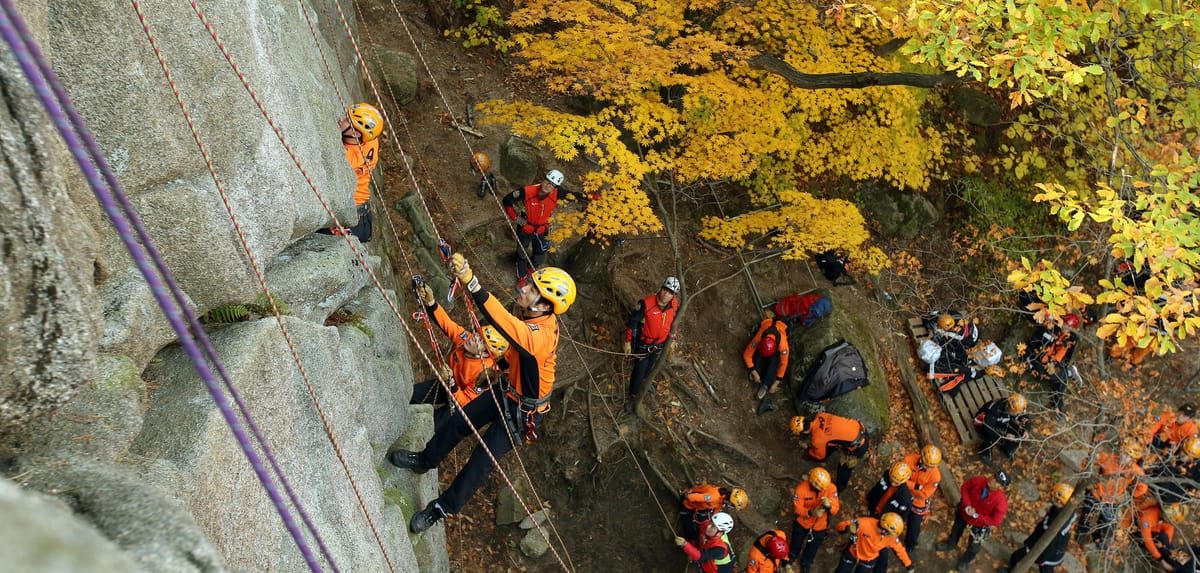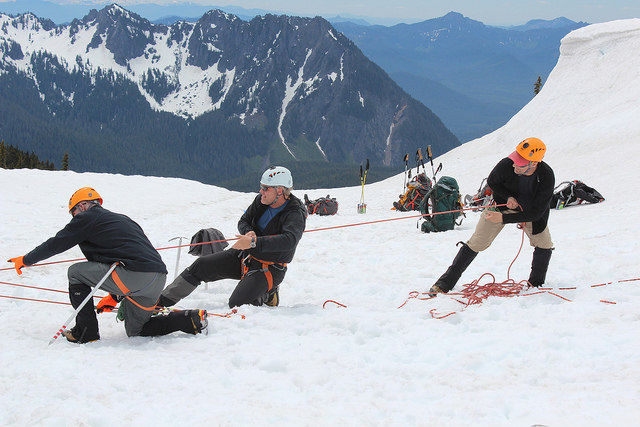Alpine Ascents mountaineering school opens in India

Since the late '80s Alpine Ascents has been part of some of the finest logistics, training and guiding standards in the mountaineering industry. Here's what Gordon Janow of Alpine Ascents said about the school that opened in Manali, India.
TOJ:The style of climbing in India, and also the approach to teaching taken by most mountaineering schools, has traditionally been siege mountaineering. Could you give some information about how your teaching at Alpine Ascents in India will differ and any insights into the benefits of alpine climbing.
AA: We look to teach basic climbing skills – whether used in a group setting or not does not really matter. We look to have climbers become skilled enough to handle glaciated terrain and can adequately perform self-arrest and crevasse rescue along with some more advanced glacier work. How the skills are used whether Alpine or team or other is secondary.
TOJ: How will you be working with the local communities? Will you have any training schemes or scholarships for local guides at Alpine Ascents?
AA: We look to have local guides working hand in hand with as part of our teaching team. These are paid positions to skilled guides. Perhaps we can have scholarships for local guides but the expectation is that anyone we hire is at an far more advanced skill level then course would offer. For the most part this is a local operation with an Alpine Ascents guiding managing and overseeing the teaching.

TOJ: There is a large cost difference between your courses and others such as the 28 day course at The Nehru Institute of Mountaineering. Could you give some reasons for this difference and what added value you offer.
AA: The cost of flying over our guide and of course the salaries. We also look to guide at a 4:1 – 5:1 ratio and not have large groups for a few guides. Also I am not so familiar with the 28 day course but our courses can be very demanding – even in the US the longest course we offer is 13 days, a great deal of mountain time for even the fittest students.
TOJ: What regulatory problems did you face in setting up a school such as this in India?
AA: None so far but as we work closely with local agencies.
TOJ: Finally, what are your plans for the future? Are there other areas in India you would like to start courses, or trekking trips? Any exciting projects that you would like to tell us about?
AA: We offer treks in Ladakh, the Garhwal and Sikkim. It has always amazed me that trekking and climbing in India lags so far behind Nepal in terms of amount of trekkers and climbers each year. Creating better access to these areas and some infrastructure of guides and overall quality control would certainly help the Indian market develop. An area like Ladakh rivals any of the regions in Nepal and yet I see hardly any trekking groups in Ladakh during main season.
Images © Creative Commons





Comments ()